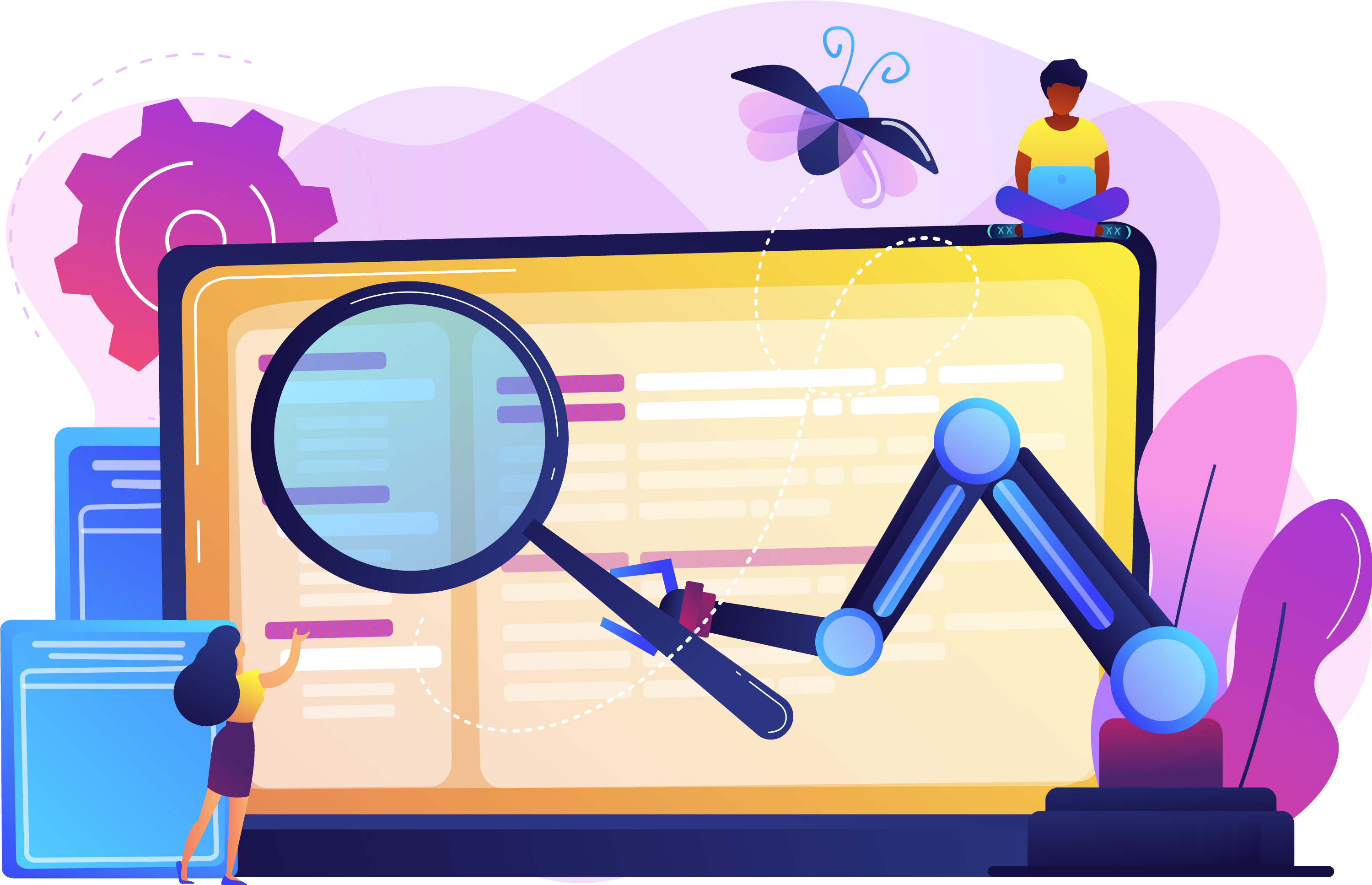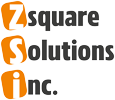
What Is Your QA Automation Strategy In 2020? Part 1
I don’t know about you, but I used to be very anxious about QA automation when I was managing a QA Department. I know that automation was one of our goals and I used to be really anxious because it’s always something that we talk about and it seems to be a long-term plan. But we needed a concrete strategy. I was able to take my team through an amazing QA automation strategy, and then we executed that strategy successfully.
First of all, let’s start with who is responsible? That’s really important because I want to know who we are getting at the table when we are talking about the automation strategy. It’s everybody, it’s not just QA responsibility. It’s everybody’s responsibility; it has to be a collective goal.
The second thing we have to think about is: what are your current pain points? Nobody talks about automation when everything is going great. There’s always some kind of pain points that you’re trying to solve.
So, what are your pain points? (it’s different for every delivery team):
Lack of acceptance criteria in user story
Requirements are not well-defined
Defects are not prioritized
QA is the bottleneck
Lack of confidence in dev code quality
Too much time spent on testing activities
There are several pain points and they depend on your organization’s behavior and culture.
So you get to sit down around the table with your team and define and discuss the pain points that you have. And why are we trying to automate? At least that is your starting point.
The other things that a lot of people miss are – what is your trade-off in every organization or team? It’s not just about the delivery teams, you have other people or circumstances that are influencing the decision, and there is always a reason why you are trying to automate;
One of the reasons might be that you are in the department, or organization where you innovate a lot, so you feel like automation might be the answer. You are rapidly innovating so you need to quickly automate your test case, and can quickly test. Innovation and fast delivery are probably one of the reasons why you think about automation.
Cost-saving is another driver. I hear often, QA taking too long for testing, and we know time is money. You can also be trying to deliver value for your customer, for instance, if your customer or client is the one that also needs it fast then you need to show them something really quick. Therefore, we need to automate tests really quickly and be able to show the customer. We need to know and understand all the tradeoffs.
The third part that I want to tackle, which is really important, is the technology stack that you have. Each organization is different, it might be one huge application that you’re trying to automate, or it might just be you have several or at least in one of the engagements that I have worked with previously. We had to find the one tool that could solve all applications.
So this might not be your case. I might just be one application you’re looking for as one tool, or you may have multiple applications you’re looking for with one two or several tools. You have to determine what technologies stack you have.
The following information is crucial: what language will you use? Is it on-premises? Is it in the cloud? Where your code repository, where your test repository, where is your environment? What kind of environment you have?
Then, you need to look at all the trends that are out there and decide together as a team.
These are the main three things that I would like you to take away from this first article when considering a QA automation strategy.
Finally, these are the following questions you should ask when you begin a QA automation strategy:
First of all, who is responsible?
What is your goal?
What are your pain points?
What are your drivers? What are the trade-offs?
What is the technology stack?
When you can seriously answer these questions with your team, then you can begin to look at the current trends and try to solve each of the pain points. In my next article, I am going to discuss how to put your defined vision into automation, the framework choice and how you can successfully execute your strategy.
Feel free to comment and give your feedback below. Zsquare Solutions Inc specializes in supporting you and your team to define all the important pieces needed to craft your QA automation strategy. Schedule a 30 min consultation with us today so we can learn more about what you do and how we can support you in your goal.
